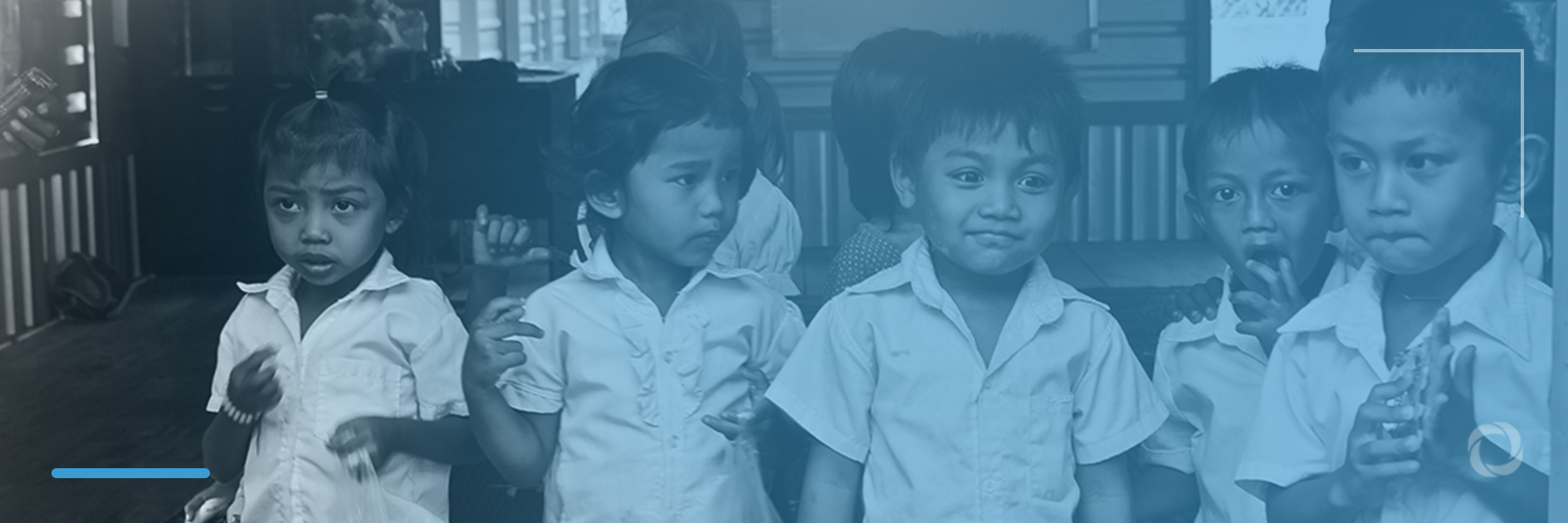A study titled ‘Learning in the time of COVID-19: insights from Nepal‘ carried out by the World Bank has revealed that only 31% of primary school students had teacher interaction during the COVID-19 related school closures in Nepal.
Revealing the impact of COVID-19 and the related school closures, the study released on March 29 discusses primary school students’ access to learning during the school closures, parental perception of student levels, and families’ emotional health.
Enforced on March 19, 2020, the COVID-19 related school closures in Nepal have been in place for about eight months. In addition to disseminating offline learning materials to students, the Government of Nepal subsequently moved to alternative learning activities using radio, television, and virtual platforms.
- According to the study, approximately 70% of children have accessed some form of remote learning during the school closures
- School textbooks have been the major form of remote learning for 77% of students
- Only 31% of students had teacher interaction during the period
- Another common method, showing significantly lower take-up, is mobile education at 25% whereas television-based learning is even lower at 9 %
- About 12% of students received homework from teachers
- 23% of students accessed multiple forms of remote learning
- Approximately 25% of parents spent no time helping their children to learn
- The average time spent by parents to help children is about 9.3 hours per week which is significantly lower than the attention children would have received at school
- Disadvantaged households were more likely to access low technology solutions such as working with textbooks and interacting with teachers
- According to the Nepal Labor Force Survey (2017-18), only 63% of households in Nepal had access to at least one technology (radio, TV, internet)
- This rate also varied across rural and urban households (54% vs. 69%) and across the seven provinces of Nepal
- Although 70% of households in the survey said that they did not have a radio, over 87% reported that they could access radio on their mobile
- 58% of households reported that at least one member used the internet
- However, poor households are less likely to have access to the internet which poses a real risk that learning inequality will increase in Nepal following the school closures and when schools do reopen, disadvantaged children will find themselves behind their peers
- Approximately 86% of households reported that their children were rarely or never stressed in the last two weeks
- 94% of households reported that the child was happy most of the time
- 57% of parents mentioned their child falling behind in their education while 4% said they had not been able to take their exams
- Only 7% talked about falling sick and 24% said they did not feel concerned
Meanwhile, the Ministry of Education, Science and Technology (MoEST) of Nepal, local governments of Nepal, the World Bank, and Teach for Nepal (TFN), a local non-governmental organization, are undertaking a pilot initiative to improve the learning of poorer students using low-tech solutions, i.e. Low-Tech Intervention for Foundational Education (LIFE).
LIFE aims to help prevent learning loss among primary-school-age children from poorer families by using SMS messages and phone calls to support foundational skills in maths among students in grades 3 to 5.
Designed as a randomized control trial, the intervention is being delivered through trained facilitators from TFN and through public school primary teachers and it is anticipated that it will promote foundational learning among students irrespective of when schools re-open.
Aimed at providing a good geographic representation across different provinces and where there was strong interest from local government officials, this pilot intervention was rolled out in January this year to around 3,700 students across 10 local governments covering all seven provinces of Nepal.
“During the school closures, disadvantaged parents (by wealth/caste) are significantly less likely to have accessed active remote learning, less likely to engage in the child’s learning, and less likely to receive teacher support. Additionally, these parents have children performing at relatively lower levels of proficiency and experience more stress,” the report summarized.
Despite the government’s efforts to roll-out multi-modal distance learning programs, the school closures are likely to have a long-term impact on student wellbeing, education, and learning, it further cautioned.


